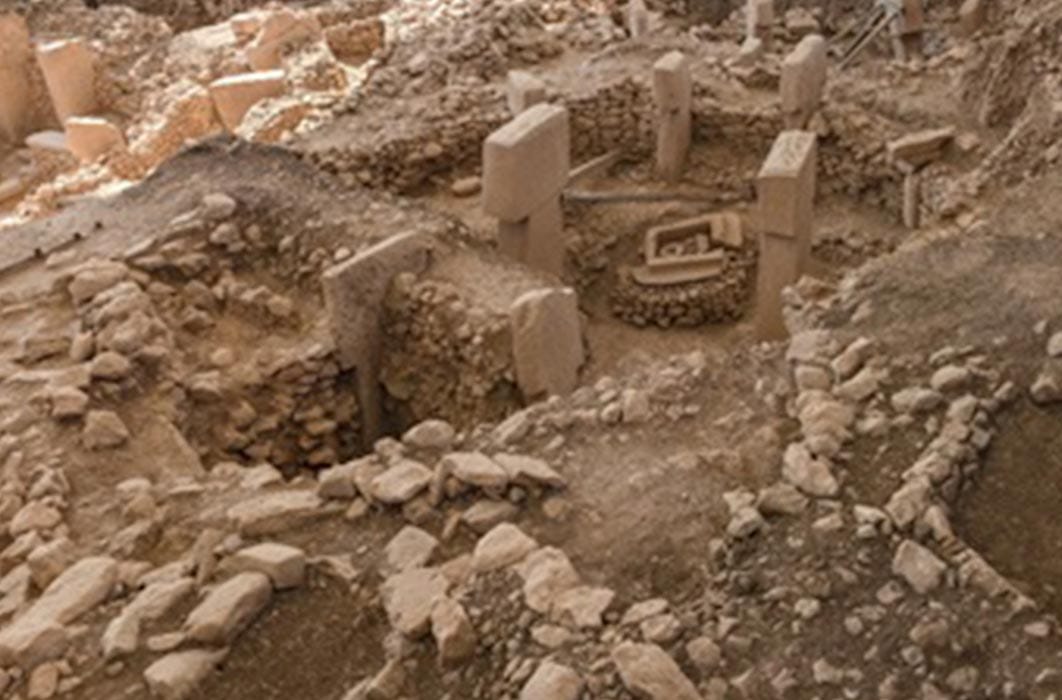Göbekli Tepe, Birth of Civilization and Religion
Before the invention of pottery, before the birth of agriculture, before the advent of what is now called civilization, there was Göbekli Tepe. In one of the most stunning archaeological discoveries of the 20th century, indeed, perhaps of all time, the birth of civilization was pushed back by more than 6,000 years. And subsequent findings are adding even more to the mystery.

In the Beginning: A Holy Place
The site that is causing all the stir has also moved the gaze of historians north, into ancient Anatolia in southeastern Turkey, to face the perplexities of ‘In the beginning’. No longer is it safe to say that civilization began in Mesopotamia and Egypt. That honor now resides in the area spreading out from Şanlıurfa, long thought to be the birthplace of Abraham, the patriarch of Judaism. Called ‘Potbelly Hill’ by local natives, because of its rounded, protruding shape, the entire area of ancient Anatolia is rich in Biblical lore, but Göbekli Tepe's origins extend back much further in time. The elaborately carved T-shaped pillars, found within a series of circular structures, were erected some 12,000 years ago, predating the traditional dates for even the Egyptian pyramids by at least six millennia.
The dating is firmly authenticated and accepted by experts the world over. That is why the site has caused such a stir. Before the discovery of Göbekli Tepe it was standard theory that the Agricultural Revolution, with its guarantees of a stable food supply, brought about the first settled communities and led to the invention of writing and eventually the birth of established religion. Now that idea has been upended. Göbekli Tepe was almost certainly built by hunter-gatherers as a religious ritual center. Klaus Schmidt, director of excavation until his death in 2014, called it "the first human-built holy place." He believed that evidence clearly seemed to indicate that it was religion that led to the Agricultural Revolution, rather than the other way around. Something about the countryside itself seemed to call out to scattered bands of subsistence hunter-gathers to build what he called a "regional gathering place”.
Keep reading with a 7-day free trial
Subscribe to Ancient Origins UNLEASHED to keep reading this post and get 7 days of free access to the full post archives.

